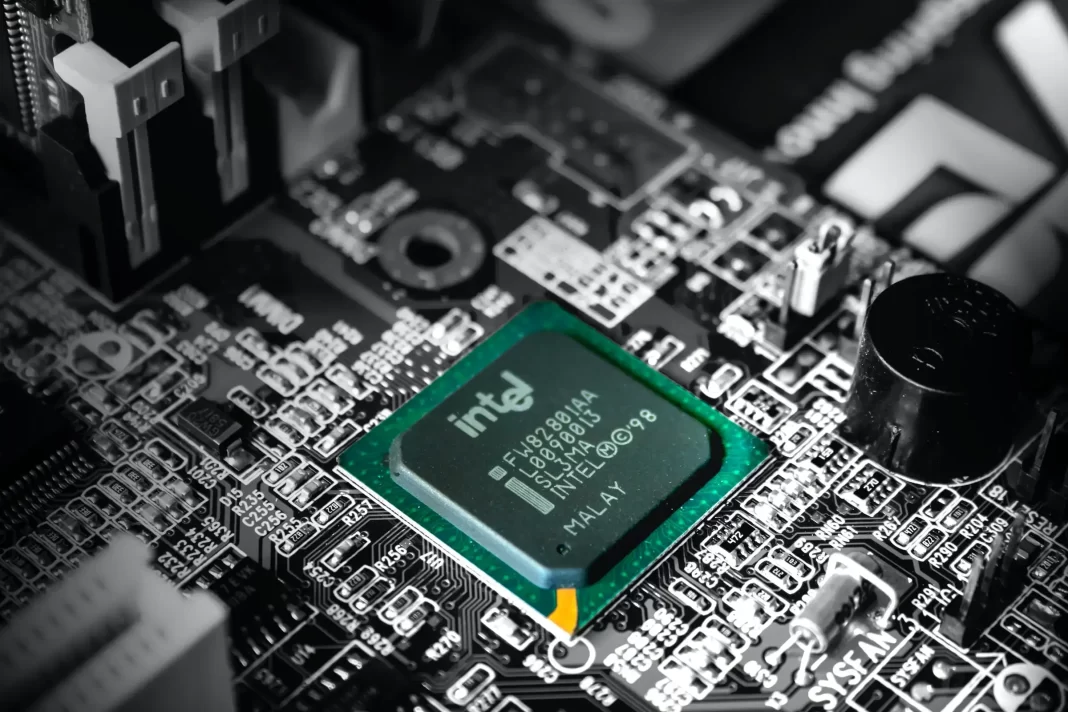Intel has had a long history of competition and tension with other chipmakers such as AMD and Nvidia. In the past, the company has been involved in controversies such as a dispute with the Federal Trade Commission in 1999 over its handling of technical information and patents and a finding of “abuse of dominance” by the European Commission in 2009 for paying retailers and computer manufacturers to exclusively use Intel CPUs. However, despite these past issues, it appears that Intel is now seeking to shift towards a more cooperative and inclusive approach with its rivals.
It is surprising to see Intel now promoting an attitude of harmony and cooperation with its rivals, as demonstrated by the company’s push for an open programming language that can be used across Intel, AMD, and Nvidia GPUs without the need for code modifications. Intel CTO Greg Lavender highlighted the company’s investments in SYCL, a programming language similar to Java that connects different CPU and GPU hardware, in an interview with Venturebeat. “We should have an open programming language… that can run on Intel, AMD, and Nvidia GPUs without changing your code,” he said. This shift towards inclusivity and collaboration marks a significant change in the approach for Intel.

SYCL is a programming language designed for software that involves “heterogeneous” processes, such as the parallel processing of large amounts of data using a cluster of GPUs. It has already been adopted by various scientific supercomputers and in software like GROMACS, which is used by scientists to simulate protein behavior and was particularly useful during the early stages of the pandemic. Intel’s push for the wider adoption of SYCL and its open, inclusive approach towards its rivals in the chipmaking industry marks a significant change in the company’s previous strategy.
SYCL represents a significant departure for Intel because it is fully open and designed to allow the same code to work across different CPUs and GPUs. In theory, code written using SYCL could be run on a wide range of hardware, including Intel i3 processors, AMD Ryzen CPUs, and Nvidia GeForce GTX GPUs. Intel’s embrace of SYCL and its commitment to an open, inclusive approach toward its rivals marks a significant shift in the company’s strategy.
To demonstrate its commitment to this open approach, Intel acquired Codeplay earlier this year. Codeplay has significantly contributed to SYCL as part of its “open standards vision.” Dr. Tom Deakin, a lecturer in advanced computer systems and chair of the SYCL advisory panel, emphasized the cost-saving benefits of writing portable code that can run on different hardware. He stated, “Writing software is really expensive,” and therefore, developers often prefer to write code that is flexible enough to be used on a variety of hardware platforms.“

SYCL is not the first programming language to try to connect different types of hardware, with alternatives such as OpenCL (which is managed by Kronos, the same group that oversees SYCL) also existing. However, SYCL stands out due to its high level of abstraction, which simplifies and speeds up the process of writing code by handling high-level processes. This makes SYCL an attractive option for developers who want to write code that can be used on various hardware platforms and need to minimize the time and resources required to maintain and update the code over time.
Dr. Deakin believes that SYCL’s open approach is beneficial for programmers because it allows them to write code without having to worry about relying on the fortunes or decisions of a single company. In addition, he said, “There’s lots of compiler support for it, and lots of those compilers support multiple devices from multiple vendors. I always like to think this multiple compiler position is the sign of a healthy ecosystem.” This diversity in compiler support suggests that SYCL is well-established and has a strong foundation in the programming community.
It is worth noting that Intel’s promotion of SYCL is not purely selfless. While the company holds a nearly 70% share of the GPU market when including integrated graphics chips on devices like laptops, it has only a small share of the discrete GPU market, which is dominated by Nvidia. It is possible that Intel’s push for SYCL could be an attempt to challenge Nvidia’s dominance in the discrete GPU market. Nonetheless, adopting SYCL and its open approach to programming could also benefit developers and potentially expand the reach of Intel’s products.
This shift towards SYCL and an open approach to programming is also consistent with Intel’s broader strategic changes. For example, the company is currently restructuring its business to move away from controlling the entire chip ecosystem and towards a more flexible approach where it will manufacture chips according to the specific needs of its customers. This shift reflects the increasing demand for customized, specialized chips in various industries and allows Intel to adapt to the market’s changing needs.


